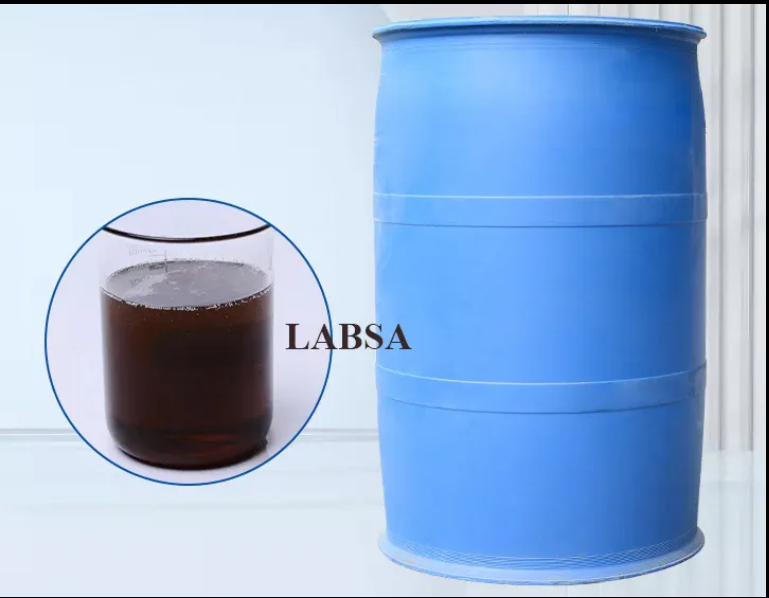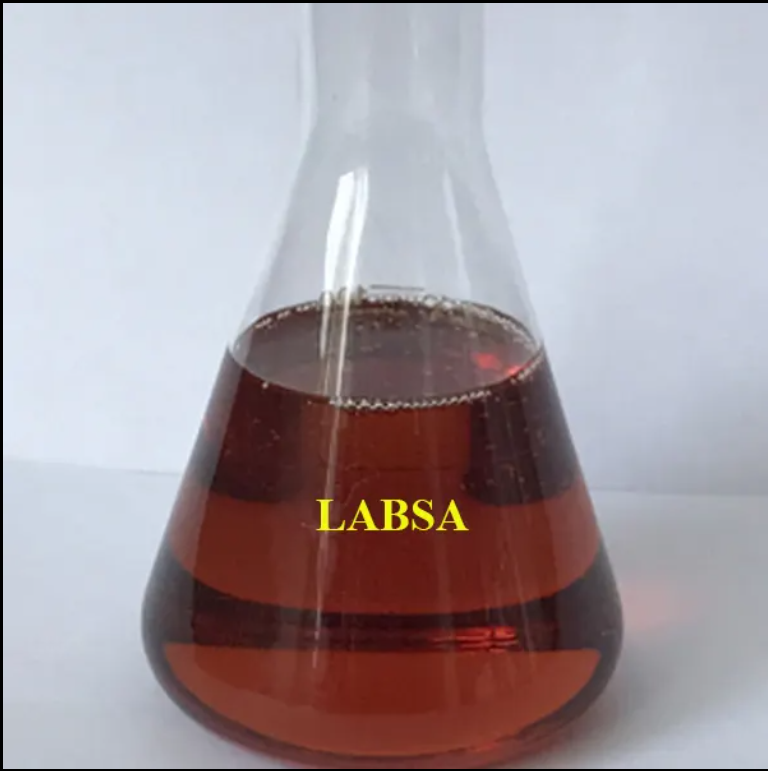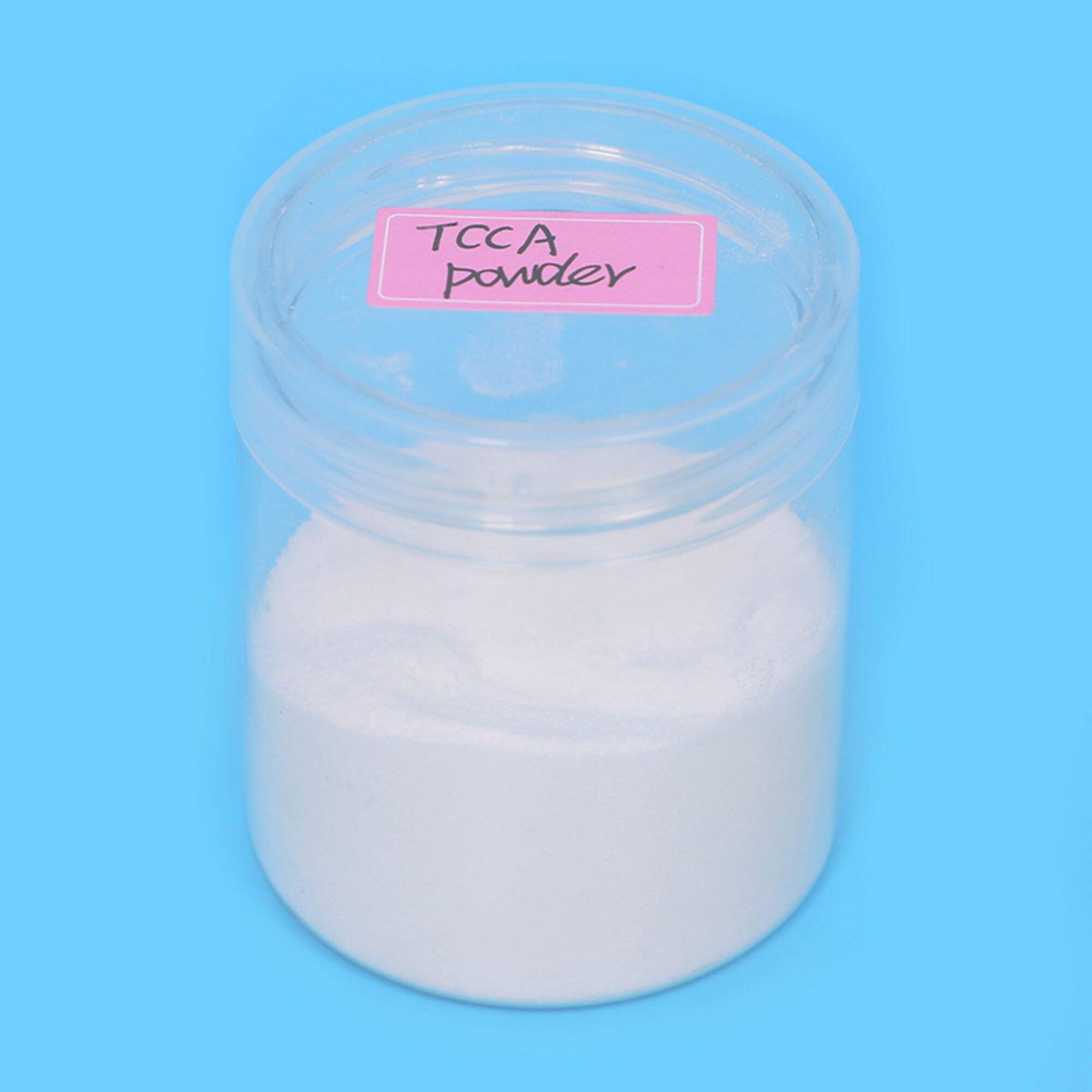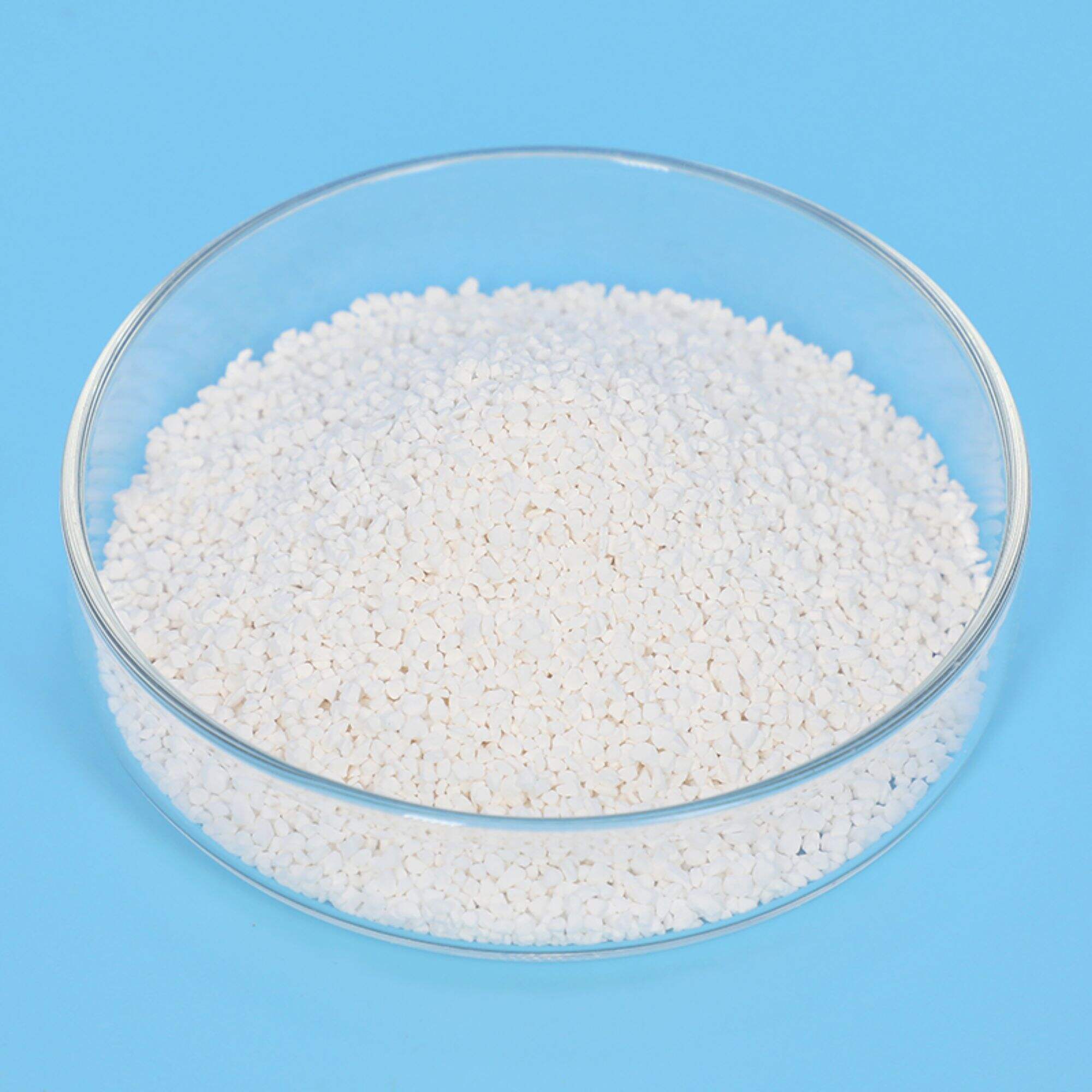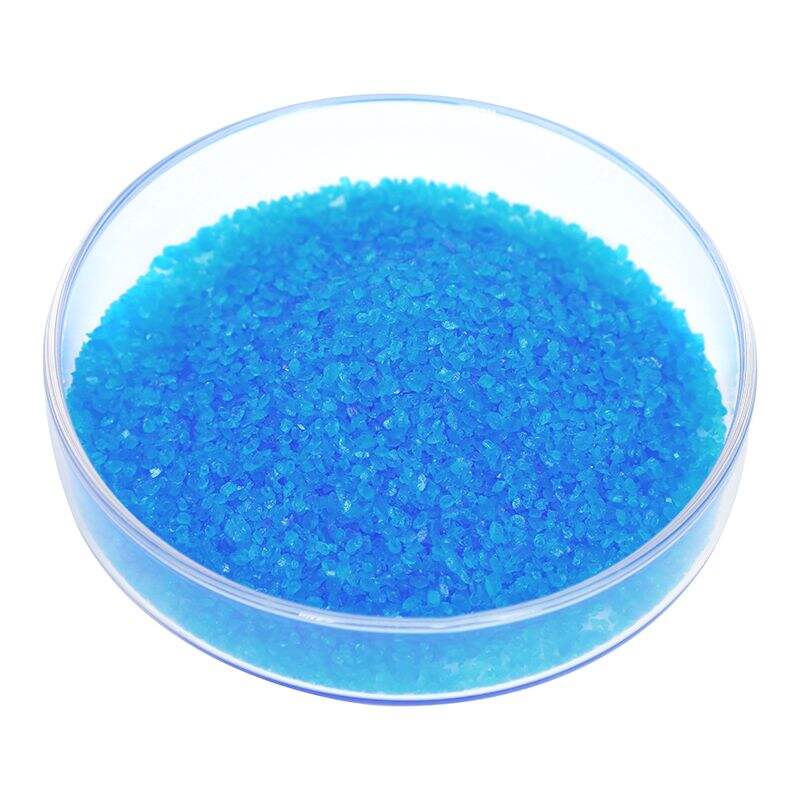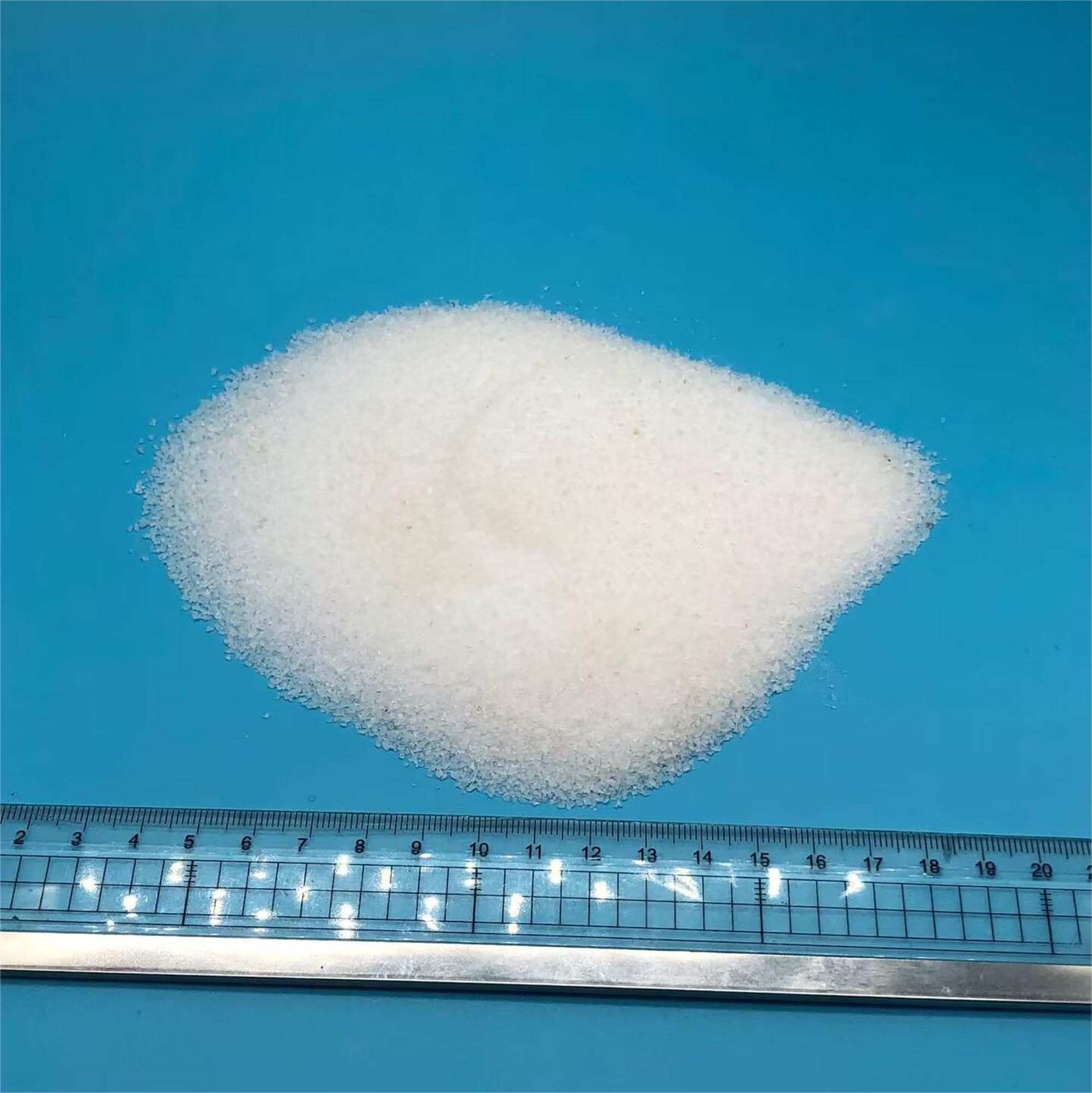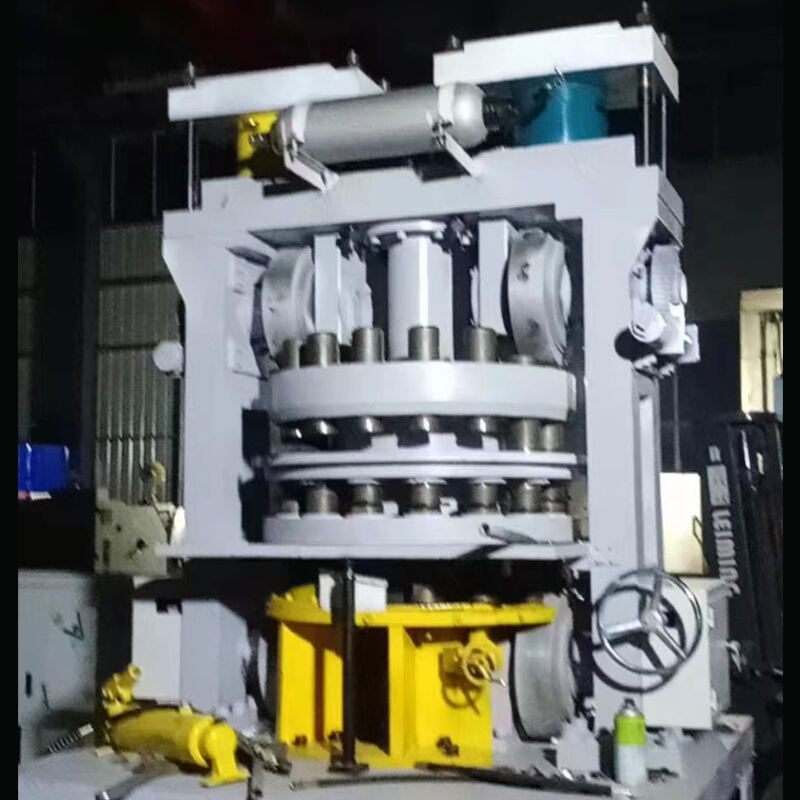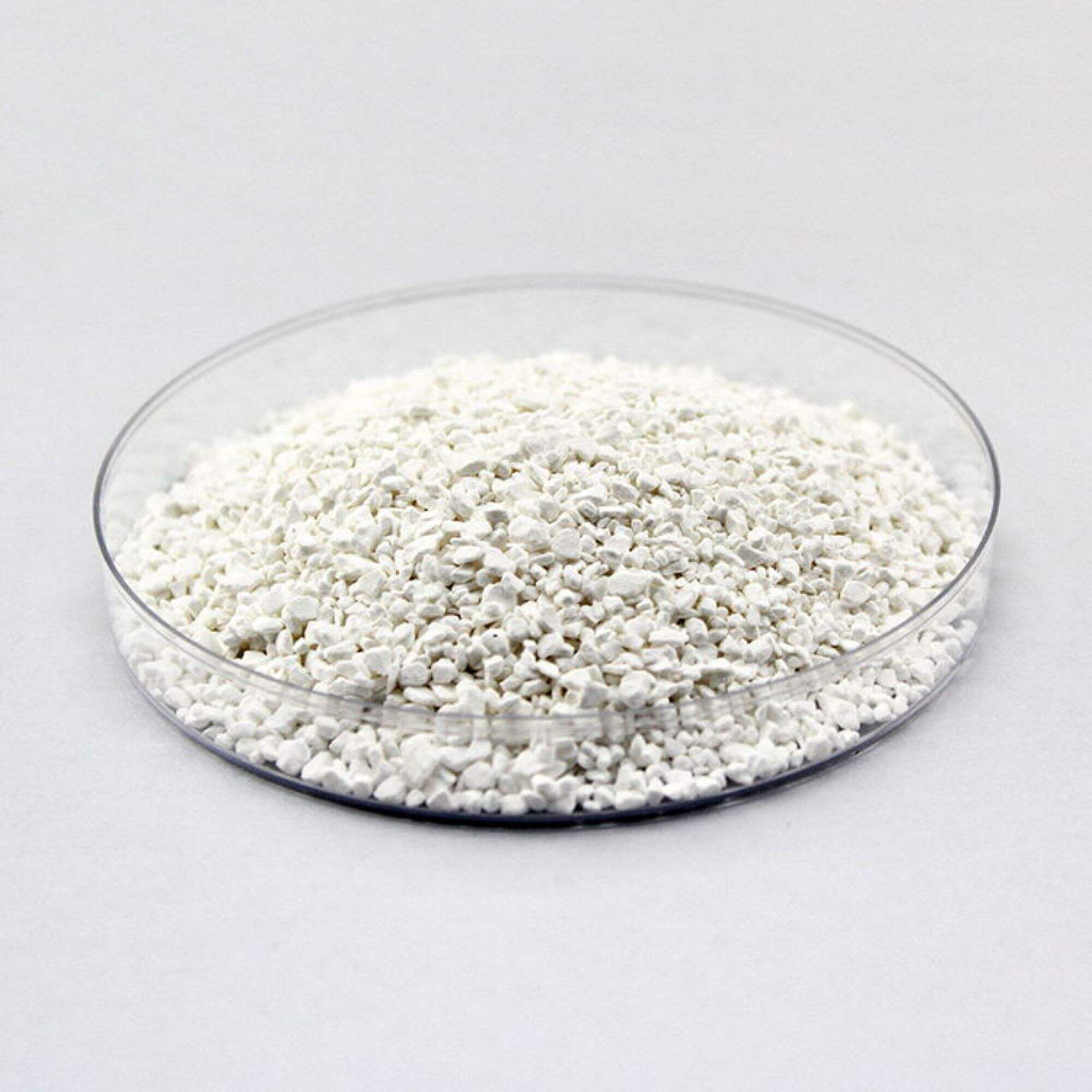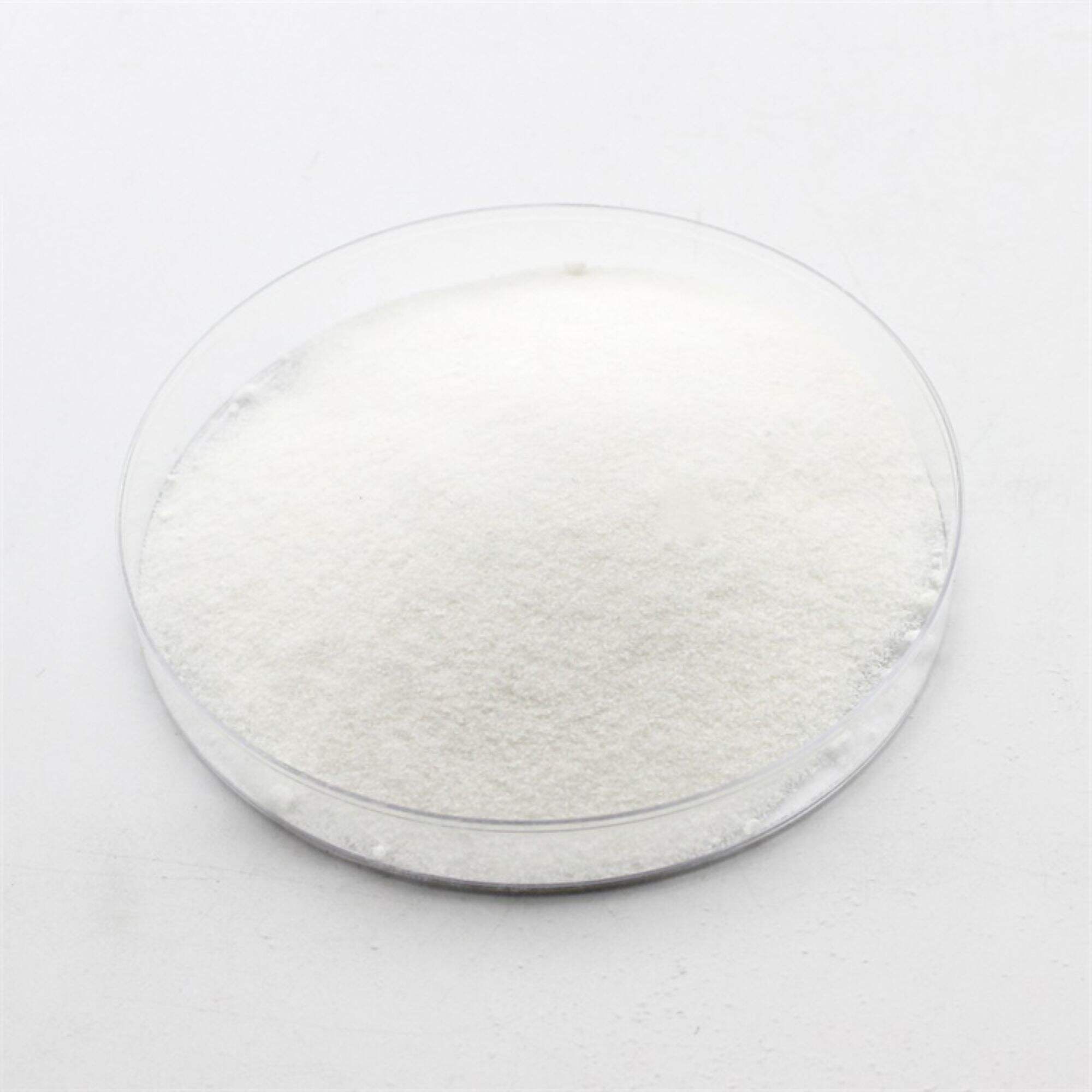Usine de fabrication LABSA de pureté à 96 % pour les matériaux détergents Labsa
Brochure de produit:TÉLÉCHARGER
Aspect : Il se présente généralement sous la forme d'un liquide visqueux, jaune clair à brun. La variation de couleur peut être due à différents processus de production et niveaux de purification.
Odeur : LABSA a une odeur caractéristique, quelque peu piquante.
Densité : La densité se situe généralement dans la plage de 1.02 à 1.05 g/cm³, ce qui constitue un paramètre important pour les considérations de stockage et de transport.
Solubilité : Il est très soluble dans l'eau, formant une solution trouble au début qui s'éclaircit après une nouvelle agitation. Cette propriété de solubilité permet son application étendue dans les formulations aqueuses.
Présentation du produit
Scénarios d'application
Packaging du produit
Présentation du produit
Détails du produit
| LABSA | |
| APPARENCE |
LIQUIDE VISQUEUX BRUN |
| % DE MATIÈRE ACTIVE | 96.3 |
| % DE MATIÈRE NON SULFATÉE | 0.7 |
|
H2SO4 |
1.2 |
|
COULEUR (5% SOLN) |
25 |
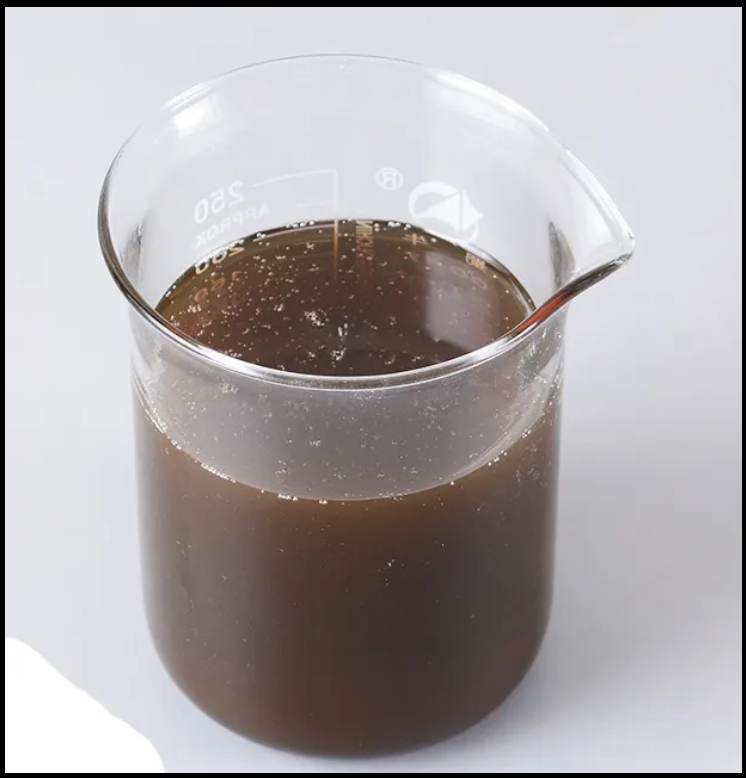
Scénarios d'application
Application
- Industrie des détergents : C'est l'épine dorsale de la formulation des détergents. Les sels hydrosolubles formés à partir de LABSA offrent d'excellentes propriétés détergentes, émulsifiantes et moussantes. Il peut éliminer efficacement la saleté, la graisse et les taches des tissus, ce qui le rend indispensable dans les détergents à lessive, les détergents à vaisselle et les nettoyants industriels.
- Industrie textile : Le LABSA est utilisé dans le traitement des textiles pour le prétraitement, la teinture et la finition. Il aide à mouiller les fibres, à améliorer l'absorption des colorants et à fournir des propriétés antistatiques aux textiles finis.
- Industrie du cuir : Dans la fabrication du cuir, il est utilisé pour le dégraissage, le trempage et le tannage. Il permet d'éliminer les graisses et les huiles naturelles des cuirs et des peaux, les préparant ainsi à un traitement ultérieur.
- Industrie pétrolière : il peut être utilisé comme émulsifiant dans les émulsions pétrolières, aidant à mélanger des substances non miscibles comme le pétrole et l'eau, ce qui est bénéfique pour les boues de forage et les processus améliorés de récupération du pétrole.
Packaging du produit

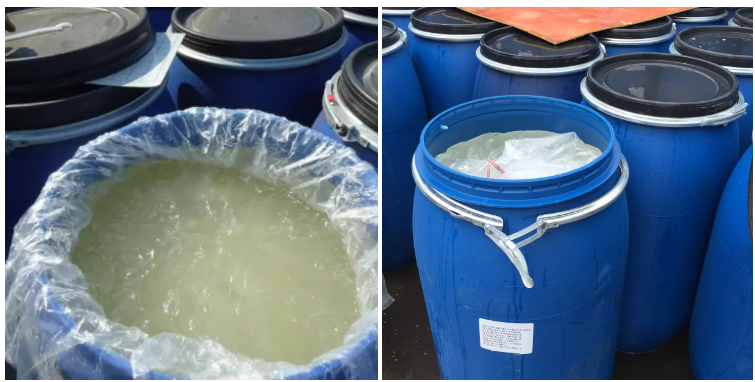

 EN
EN







































